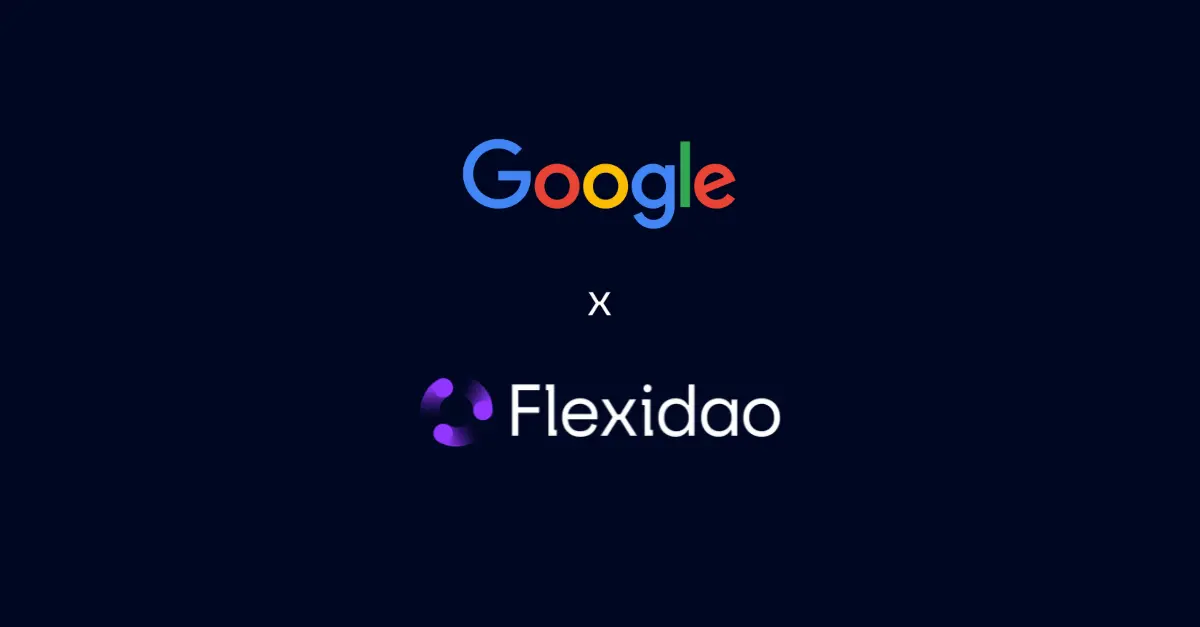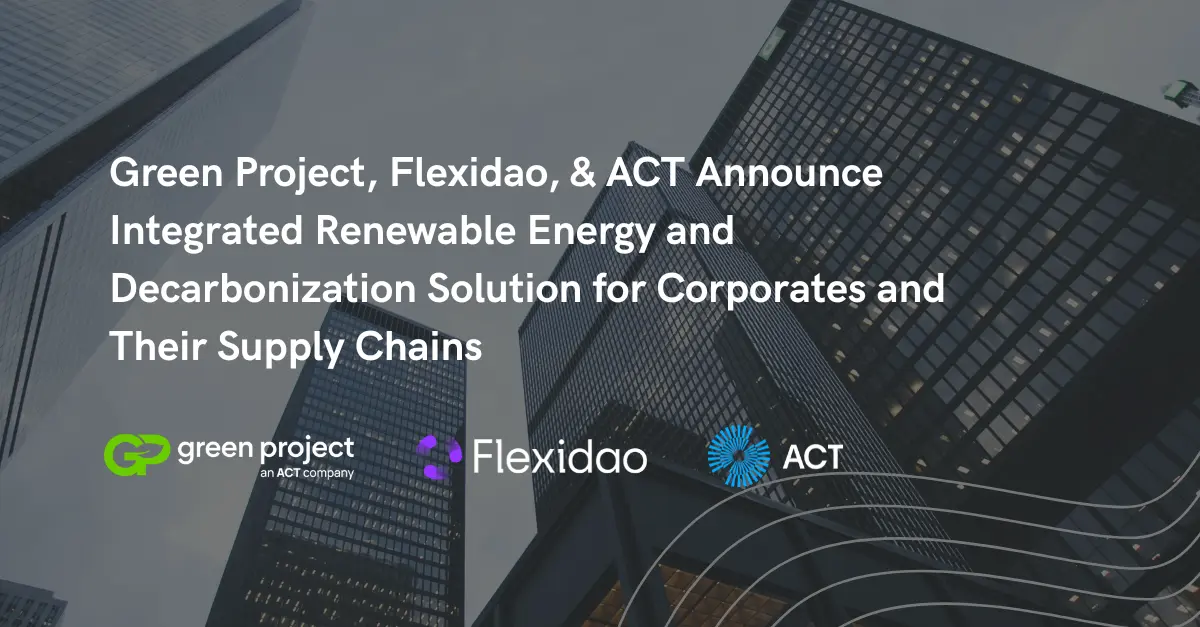Scope 3 Emissions Reporting: Solving The Transparency Issue
Scope 3 Emissions Reporting: Solving The Transparency Issue
Solve the transparency issue in Scope 3 emissions reporting with Flexidao's advanced energy management and data solutions.
Corporate action on climate change is growing. Many companies have already taken action to reduce their Scope 1 and 2 emissions. But companies are now looking to increase their climate ambition and reduce their Scope 3 emissions. For most companies, Scope 3 emissions will account for the majority of emissions produced. But what are Scope 3 emissions? How are they calculated? And what challenges arise with Scope 3 reporting?
What are Scope 3 emissions?
The GHG Protocol breaks down a company’s emissions into three ‘scopes’. Scope 1 emissions are direct emissions derived from company-owned or controlled sources. Scope 2 emissions are indirect emissions that arise from the generation of purchased energy.
In contrast, Scope 3 emissions are any emissions that originate in the corporate value chain. Scope 3 includes all indirect emissions not included in Scope 2. Value chain emissions can come from fifteen different categories of upstream and downstream emissions. Some common categories for businesses would include emissions resulting from the ‘Use of Sold Goods’, ‘Employee Commuting’ and ‘Transportation and Distribution’.

Source: GHG Protocol - Corporate Value Chain Accounting Reporting Standard
What are the challenges in Scope 3 reporting?
Scope 3 emissions will typically account for the largest and most diverse share of company emissions. With emissions from fifteen different categories, Scope 3 reporting brings many challenges for companies.
- Lack of high-quality primary emission data: A key issue for companies reporting Scope 3 is getting high-quality primary data from their suppliers. There are a number of reasons why this issue can arise. Suppliers may not have data tracking in place, for example. In these cases, companies will rely on creating secondary data based on industry averages, environmentally-extended input-output (EEIO) data, or other methodologies. This use of secondary data will result in less accurate emissions reporting.
- Complexity and inconsistency of calculation methodologies: The Scope 3 Corporate Standard outlines different methods to calculate Scope 3 emissions. However, with companies using different methodologies, the credibility of Scope 3 reporting is under question. For example, companies in the same sector using different methodologies would create an inconsistent message to stakeholders such as investors.
- Secure exchange of data between suppliers: Generally, companies won’t share any more data than they need to with suppliers or customers. Concerns regarding data confidentiality are a common issue when sharing Scope 3 emissions data.
Scope 3 emission examples
The corporate sector is still in the early stages of Scope 3 reporting. Some companies have taken the lead and are reporting and taking action on Scope 3 emissions. Reports on Scope 3 emissions have already been published by companies such as Daimler and Apple. In the below graphic, you see that Scope 3 emissions account for around 99 percent of Apple's current carbon footprint. They have already taken action on their Scope 2 emissions through the purchase of renewable electricity.

The fashion industry is also looking to take action on Scope 3. Many fashion retailers rely heavily on third-party suppliers for materials, fabrics, and chemicals. Scope 3 emissions are dominant in their overall emissions output.
Take the example of a high-end fashion retailer. The retailer will rent premises on the high street to sell clothes. But the clothes will be produced by a third-party textile factory in Italy, for example. The retailer will have Scope 1 and 2 emissions from retail outlets and offices. However, the majority of emissions will be derived from the actual production of clothes. This could come from emissions resulting from the agricultural production of cotton, chemicals used in cleaning and dying, or energy used in the manufacturing process. These emissions will be created by third parties, thus creating Scope 3 value chain emissions for the fashion retailer.
How is Scope 3 reporting developing?
There is a recognition in the industry that reporting Scope 3 emissions poses a significant challenge. But given that it’s vital to combat climate change, there is growing support from companies. For example, Microsoft has recently shared some learnings and best practices on Scope 3 reporting. In the report, they detail an interesting methodology to calculate Scope 3 emissions for their cloud customers.
From a global perspective, the World Business Council for Sustainable Development (WBCSD) has also been very active on Scope 3 development. They have partnered with industry leaders like BASF, Chevron, and Nestle to develop the Transparency Pathfinder project. The project's overall mission is “to enable Scope 3 emissions transparency and accelerate decarbonization”.
The Transparency Pathfinder project has highlighted some key Scope 3 development actions:
- Build a standardised methodology to calculate and allocate emissions data
- Develop open technology standards that allow for secure data exchange across different technology solutions
- Pathfinder enables greater Scope 3 transparency through the exchange of verified, product-specific primary emissions data
- Connects different stakeholders within the value chain
- Creating a network of networks for the exchange of primary emissions across industries
Reporting softwares for Scope 3 emissions
The good news is that new digital tools are becoming available that can help companies with Scope 3 reporting. This has been highlighted by the Science Based Targets Initiative (SBTi) who stated in a recent report:
“Fourth Wave” technologies such as data analytics, smart sensors, and blockchain will help companies manage their Scope 3 impacts by offering powerful insight into complex, global value chains and will help reduce emissions in new ways. These technologies are playing an increasingly important role in business innovation, and business executives agree that implementing new technologies will not only improve their company’s environmental footprint, but also its bottom line.”
To take an example, a significant contributor to Scope 3 emissions will be electricity used by suppliers in the value chain. These emissions can be easily reduced with the procurement of renewable electricity, but tracking the renewable purchasing of many suppliers is difficult and time-consuming. This task becomes even harder when it involves multiple countries.
At Flexidao, we developed a cutting-edge software solution for companies to verify how renewable their supply chain partners really are. Thanks to the software, firms get evidence of the energy certificates that their supply chain partners purchased - providing a piece of their Scope 3 reporting and allowing them to calculate energy emission factors for their products and services.
As an example, a company in the automotive industry could improve its Scope 3 reporting strategy promoting our solution amongst its supply chain partners. Doing so, the company would automatically collect all the Energy Attribute Certificates (EACs) from its partners and include them into its Scope 3 emission accounting as energy used to produce the components. On the other side, the manufacturing companies in the supply chain would have a dashboard with all the necessary data for their Scope 2 reporting aggregated in one place. Thus, both parties would increase their overall efficiency and credibility of their reports.
Our platform can integrate with national renewable certificates registries and data hubs to collect primary energy data from suppliers without any additional hardware device or recurrent interaction between the parties. Moreover, we combine these capabilities with blockchain technology to help companies to share sensitive Scope 3 emission data securely. Flexidao’s software is aligned with the goals of corporate Scope 3 reporting and initiatives such as the WBCSD pathfinder project.
If you would like to discuss further how we can help to simplify your company’s energy-related Scope 3 reporting, please get in contact with our team.


%20(1).webp)





